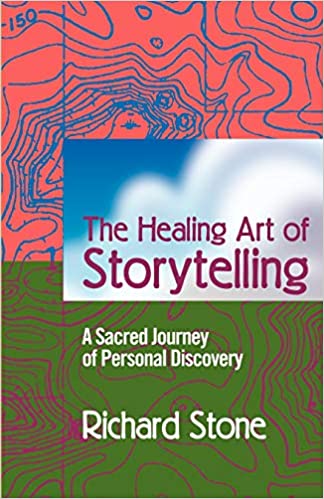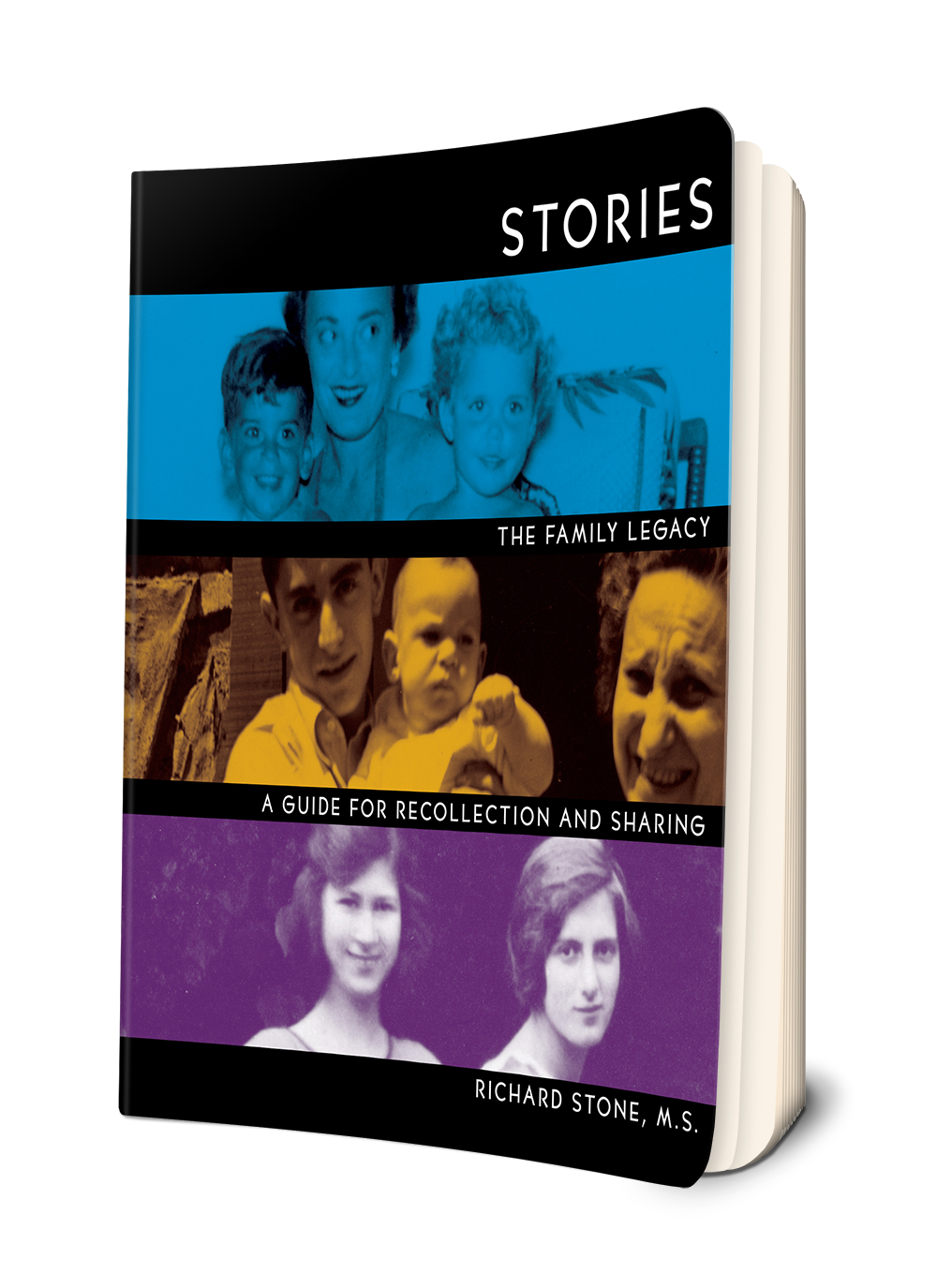Graphic of Human Evolution.
This blog post was written by Board Treasurer, Richard Stone, of StoryWorks Int. Richard Stone is a nationally recognized speaker and author on the power of storytelling and its applications in business, healthcare, and education.
Which came first, the capacity to tell stories or the human brain? While on the surface this may seem to be a ridiculous question, it turns out that our relationship with story is, if nothing else, a complicated story.
We know that humans have been telling stories for a long time. Cave drawings celebrating successful hunts of mammoths and important victories over mortal enemies date back tens of thousands of years in Europe, India, South Africa, and Australia, all testimony to the human need to capture our experiences for posterity. These early paintings may have been as integral to effective communication for early Sapiens as PowerPoint is to us, used as teaching aids to impart invaluable lessons to younger generations that were key to a clan’s survival. It’s likely that oral storytelling predates cave paintings by tens if not hundreds of thousands of years, but we can only surmise this given there is no physical record.
Something happened early in the evolution of Homo Sapiens’ brains that enabled us to evolve a form of communication that was far superior to that of other human species living in the same period, giving us an evolutionary edge. How come Homo Sapiens survived, whereas Homo Neanderthals (who had a larger brain than ours) and other human species such as Homo Denisovans and Homo Erectus didn’t? Could it be that our ability to tell stories was the differentiating factor, which in turn impacted our ability to create cultures that supported much more sophisticated social organizations? Without story, developing cohesive and enduring societies would be next to impossible, and, it may be what gave Homo Sapiens the ability to dominate and most probably wipe out our cousins.
The act of telling and listening to stories no doubt also affected the path of our brain’s development. Consider for a moment that storytelling was the first neuro revolution. It led to the growth of extraordinary mental capacities of people. In oral cultures there is significant evidence that it was commonplace for commoners to have the ability to remember thousands of stories and tell lengthy sagas that could take days to complete, all from memory. Contrast this with contemporary cultures that are more reliant on the second neuro-technological revolution—the printed page. While it’s a mere 500 years ago that Guttenberg invented the printing press—a drop in the bucket in relation to the eons of time needed to impact the evolution of the brains currently inhabiting our skulls—there’s reason to believe that the printed word has actually diminished our mental capacities. We once met a Scottish storyteller nearly thirty years ago who knew over 3,000 traditional stories and songs by heart. He may have been a member of a dying breed and have been the last of his kind! We have yet to meet anyone since with such a prodigious memory, leading us to believe that this capacity for oral memory has been severely curtailed and most probably extinguished. What facets of our brain have atrophied as a result?
Richard Stone’s Publications
Available here





Recent Comments